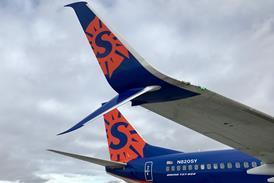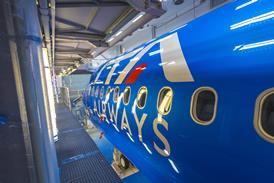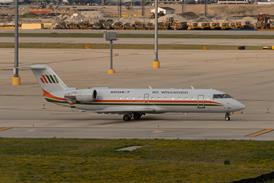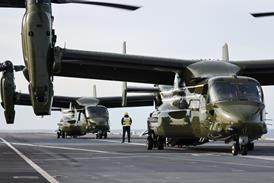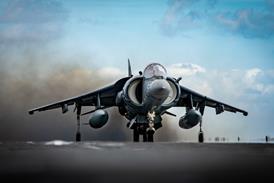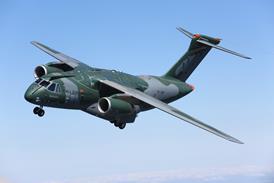Aerospace research company Qinetiq is developing a personal computer-based flight crew alertness assessment tool for the UKCivil Aviation Authority which could revolutionise pilot rostering.
In the wake of fatigue-related fatal accidents such as the 1999 American Airlines Boeing MD-80 runway overrun crash at Little Rock, USA, tools such as the Qinetiq model could make highly complex proposed crew duty time regulations - hotly resisted by airlines both sides of the Atlantic - easier to manage.
The tool, which was presented earlier this month at the Flight Safety Foundation (FSF) International Aviation Safety Seminar at Athens, Greece, looks on-screen like a normal rostering programme, with horizontal bars against a time axis representing the planned individual crew duty periods. On the Qinetiq tool the bars change colour as the duty period lengthens, fading into amber and red where fatigue could increasingly affect performance. Changing the local start time of a flight, or entering an in-flight crew rest period for an augmented-crew long-haul sector automatically adjusts the fatigue profile. The final version should be available by next September, says Qinetiq.
Qinetiq's data has been empirically gained from crew diaries; hand-held computers which measure pilot performance; observations on the flight deck; and electro-encephalographs recording brain activity. The multiple working algorithms are based on "alertness" levels. These are measured against time since last rest period, local time, length of duty, number of sectors flown, and the individual's "body clock". The latter is affected by the number of time zones crossed and the acclimatisation period in new time zones.
Source: Flight International

